Beyond the Script: The Role of Hair in Building a Fictional Character's Identity | A Stylist's Deep Dive
More Than a Style: Hair as the Ultimate Storytelling Tool
Think of your favorite character from a book, film, or series. What do you see first? Beyond their costume or their face, chances are their hair makes an immediate and lasting impression. From the wild, untamed red curls of Merida in Brave to the severe, icy-blonde bob of Miranda Priestly in The Devil Wears Prada, hair is never just an afterthought. It is a powerful, silent narrator. The role of hair in building a fictional character's identity is one of the most crucial yet often overlooked elements of storytelling. It’s a visual language that communicates personality, history, and internal transformation before a single line of dialogue is spoken. This intricate craft goes beyond simple aesthetics; it’s about embedding the character’s very essence into every strand.
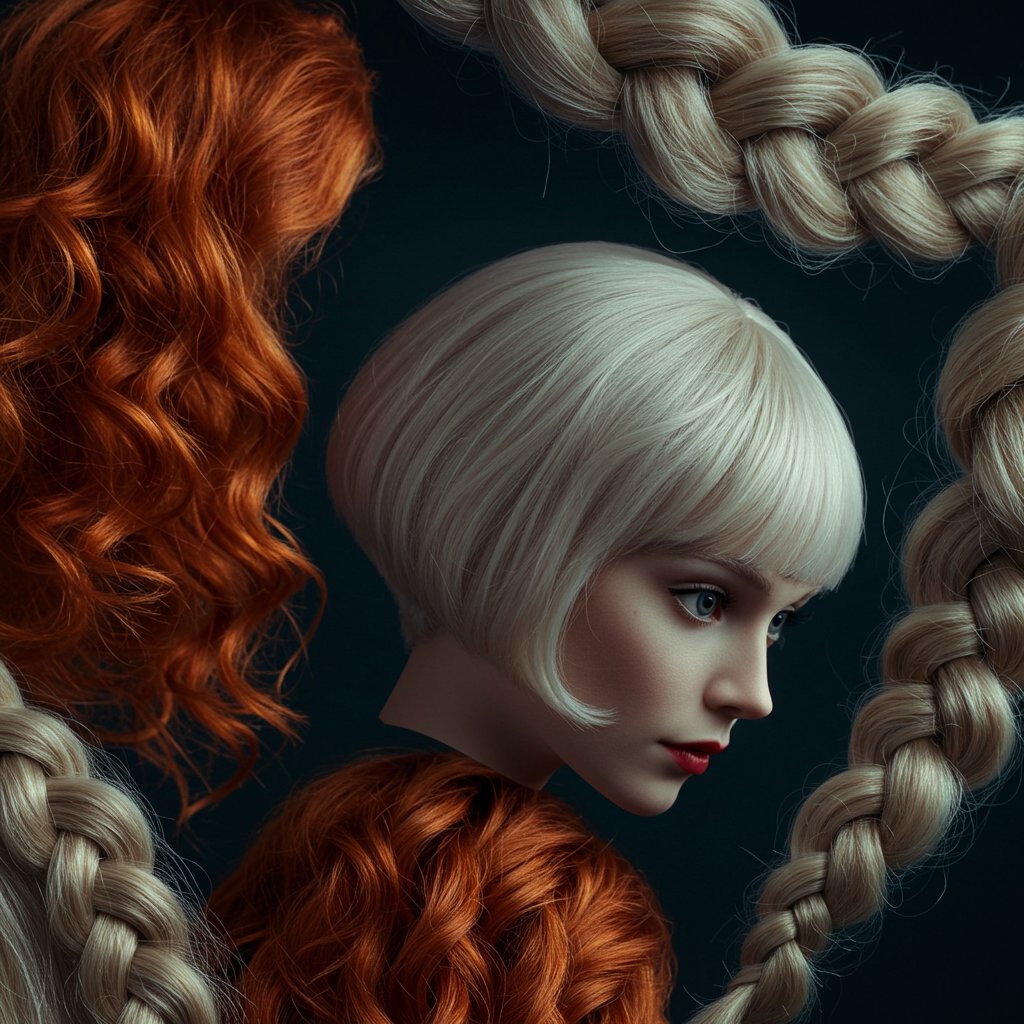
In the world of character creation, hairstyling is a fundamental pillar of design, working in harmony with costume and makeup to create a cohesive and believable individual. It can establish a character's social status, their rebellion against norms, or their adherence to them. A meticulously coiffed updo can speak of discipline and control, while messy, unkempt locks might suggest a chaotic inner world or a life lived on the fringes of society. This visual shorthand allows the audience to make instant connections and assumptions, drawing them deeper into the narrative. Professional hairstylists, both on-set and in salons, understand this language intimately. They know that a haircut can be a plot point and that a color change can signify a new chapter, making them essential partners in the art of bringing characters to life.
This exploration will delve into the intricate ways hair shapes our perception of fictional personas. We will unpack the psychology of color, the narrative weight of a dramatic haircut, and the cultural symbolism woven into braids, curls, and updos. By understanding these techniques, we not only gain a deeper appreciation for the artistry behind our favorite stories but also recognize the profound storytelling potential of our own hair. It’s a testament to the idea that our hairstyle is a part of our identity, a chapter in our personal narrative, whether on the silver screen or in our daily lives.
The First Impression: Hair as Visual Shorthand
In visual media, creators have only moments to establish who a character is. Hair often serves as the most effective form of visual shorthand, providing a wealth of information at a single glance. It's a foundational tool for establishing archetypes. A hero with windswept, practical hair suggests readiness for action and a disregard for vanity. Conversely, a villain with slicked-back, unnaturally perfect hair can signify cunning, control, and a sinister obsession with order. These visual cues are deeply ingrained in our collective cultural consciousness, allowing writers and directors to play with or subvert audience expectations.
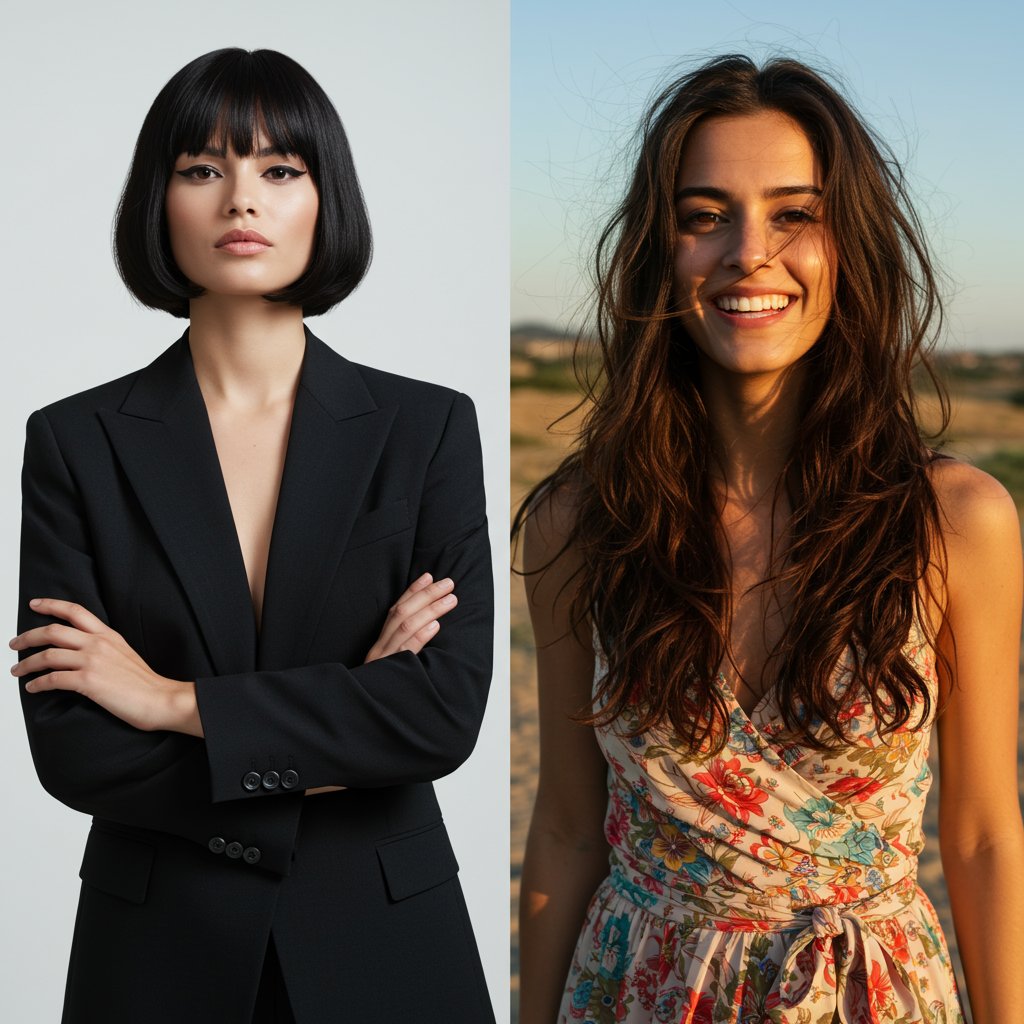
Consider the contrast between the free-spirited protagonist with long, flowing waves and the rigid, authoritarian figure with a tight, severe bun. The former's hair moves with them, suggesting adaptability, freedom, and a connection to nature. The latter's hairstyle is restrictive, implying a personality that is controlled, disciplined, and perhaps emotionally repressed. This immediate characterization helps the audience quickly understand the dynamics at play. The role of hair in building a fictional character's identity is most potent in these initial scenes, setting the stage for the narrative journey that will follow. It’s a silent introduction that speaks volumes.
This shorthand extends to genre as well. In a fantasy epic, elaborate braids and ethereal, unnaturally long hair can signify magic, royalty, or ancient lineage. In a sci-fi thriller, sharp, asymmetrical cuts and bold, unnatural colors might denote a futuristic society or a rebellious cyberpunk attitude. In a historical drama, the accuracy of a pin-curled bob or a powdered wig is crucial for world-building and authenticity. Each style choice is a deliberate brushstroke in the larger portrait of the character and their world, proving that hair is an indispensable element of effective and efficient storytelling.
The Power of Palette: Color Psychology in Character Design
Hair color is one of the most immediate and emotionally resonant tools in a character designer's arsenal. Each hue carries a powerful set of cultural and psychological associations that can instantly define a character's core traits. Platinum blonde, for instance, has been used to portray a wide spectrum of archetypes, from the ethereal, almost otherworldly grace of Daenerys Targaryen in Game of Thrones to the bombshell glamour of classic Hollywood starlets. It can signify purity, power, or an identity that sets a character apart from the ordinary world.
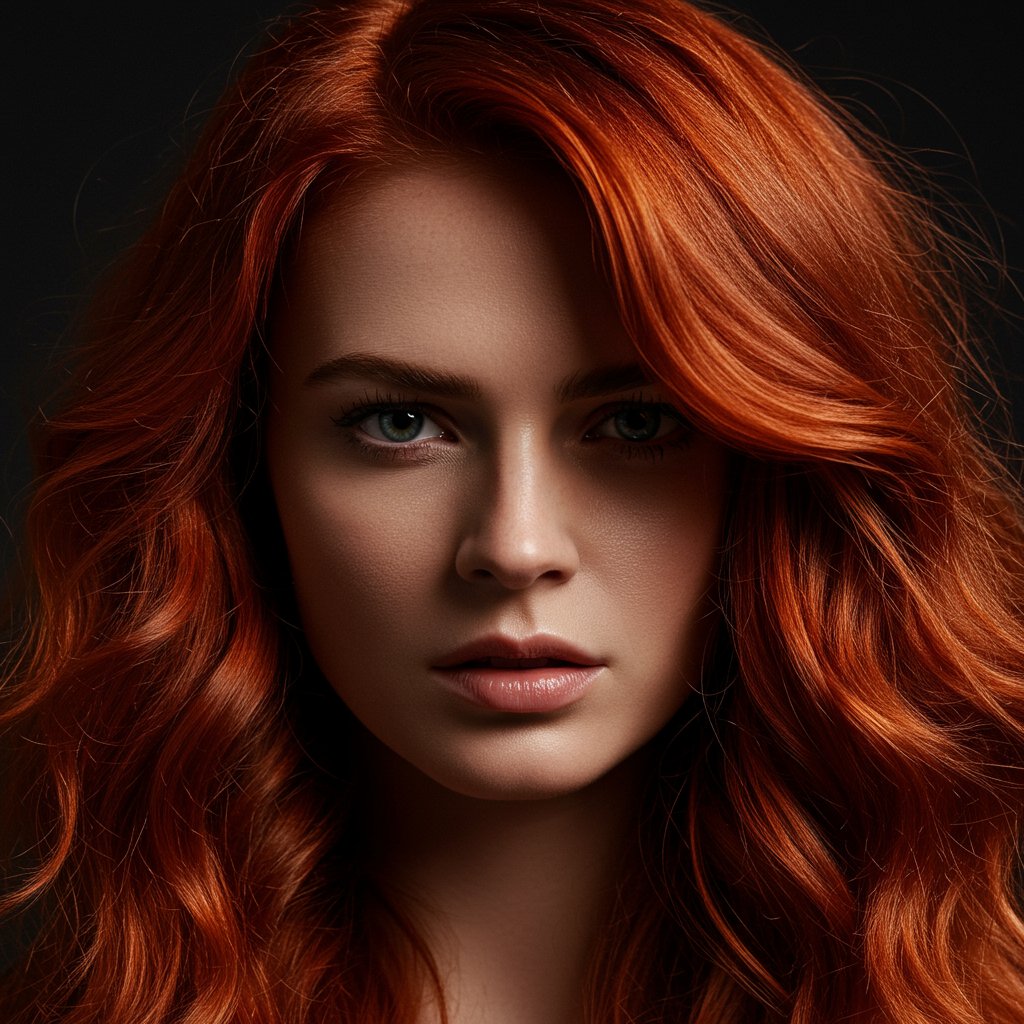
Fiery red hair is almost universally used to denote a passionate, willful, and often rebellious spirit. Characters like Black Widow from the Marvel Cinematic Universe or Ygritte from Game of Thrones are defined by their vibrant red locks, which mirror their fierce independence and fiery personalities. This color choice immediately signals to the audience that the character is not one to be trifled with. On the other end of the spectrum, dark brown or black hair often conveys mystery, sophistication, intelligence, or gravitas. Characters like Severus Snape or Wonder Woman use their dark hair to project an aura of authority and depth.
Beyond natural shades, unconventional colors are a clear symbol of non-conformity. The vibrant blue hair of Clementine in Eternal Sunshine of the Spotless Mind is a direct reflection of her impulsive, artistic, and emotionally turbulent nature. Each color change in the film maps her psychological state. Similarly, the neon greens and pinks found in cyberpunk and punk-rock genres are a visual rebellion against the mainstream. This deliberate use of color transforms hair from a simple physical attribute into a dynamic and expressive element of a fictional character's identity.
The Narrative Arc of a Haircut: Signaling Transformation
Few things in visual storytelling are as definitive as a dramatic haircut. It is a time-honored trope for signifying a profound internal shift, a point of no return in a character's journey. When a character cuts their hair, it's rarely just about aesthetics; it's a physical manifestation of a psychological transformation. This act can symbolize shedding an old identity, breaking free from oppression, reclaiming power, or mourning a significant loss. The physical act of severing hair is a powerful metaphor for severing ties with the past.

One of the most iconic examples is Mulan cutting her long hair with her father's sword. This single act represents her decision to leave her old life and identity as a daughter behind to become a soldier. It’s a moment of resolve and sacrifice, visually communicating her commitment to a new, dangerous path. Similarly, in Mad Max: Fury Road, Imperator Furiosa's shaved head is not just a practical choice for a warrior; it's a rejection of the patriarchal standards of beauty and a symbol of her singular focus on liberation. The haircut is her armor and her declaration of independence.
The transformation doesn't always have to be about empowerment. Sometimes, a forced haircut can symbolize a loss of identity or subjugation, as seen with Fantine in Les Misérables, who sells her hair out of desperation. Conversely, letting hair grow out can also be symbolic, representing a period of neglect, depression, or a return to a more 'natural' or 'wild' state. By tracking the changes in a character's hairstyle, the audience can follow their emotional and narrative arc, making the role of hair in building a fictional character's identity a dynamic and evolving process.
Woven with Meaning: Texture and Type as Personality Traits
The texture and type of a character's hair—whether it's pin-straight, wavy, curly, or coily—adds another rich layer of symbolism to their identity. Straight, sleek hair is often associated with order, sophistication, and control. Characters who are meticulous, powerful, or emotionally reserved are frequently given this hair type to reflect their inner state. The sharp, clean lines of a straight hairstyle can mirror a personality that is direct, logical, and perhaps even rigid.
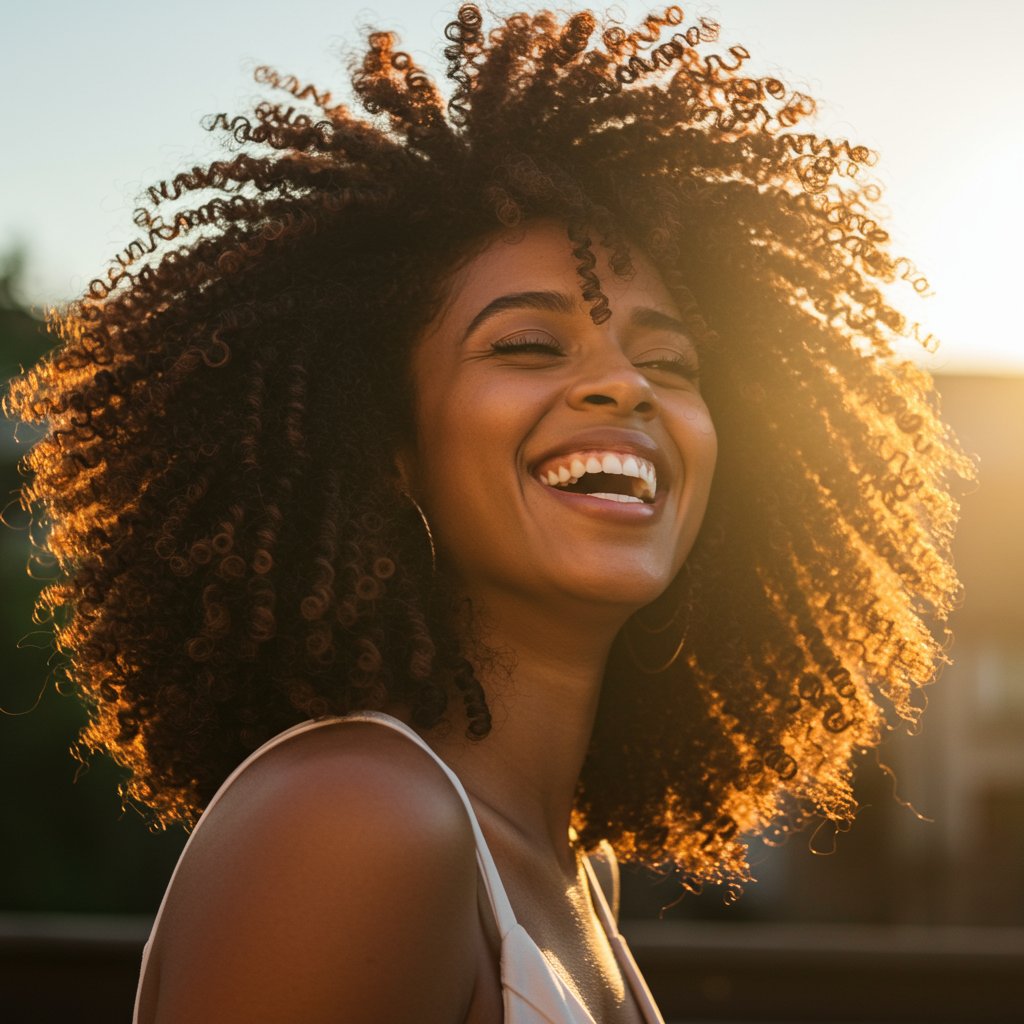
In contrast, curly and coily hair is often used to represent a personality that is wild, free-spirited, creative, and untamable. The very nature of curls—their bounce, volume, and refusal to be perfectly controlled—makes them a perfect visual metaphor for characters who defy convention and embrace chaos. From Hermione Granger's initially bushy, untamed hair in Harry Potter, symbolizing her raw, unrefined intelligence, to the glorious coils of characters in films celebrating Black identity, this texture speaks of authenticity, energy, and a vibrant inner life. It's a powerful statement of self, especially in contexts where societal standards have long favored straight hair.
Wavy hair often strikes a balance, suggesting a character who is approachable, adaptable, and perhaps a blend of control and freedom. They may be go-with-the-flow types, less rigid than their straight-haired counterparts but less chaotic than those with wild curls. The way hair is styled—whether it's loose and natural or meticulously arranged—further refines its meaning. By paying close attention to texture, creators can add nuance and depth, ensuring the character's hair is in perfect alignment with their personality and journey.
Echoes of an Era: Hair in Historical and Cultural Context
A character's hairstyle is a powerful anchor, immediately placing them within a specific historical period and cultural setting. For costume and hair designers on period pieces, historical accuracy is paramount, as the right hairstyle can make or break the audience's immersion in the world. The elaborate updos and powdered wigs of 18th-century France in a film like Marie Antoinette instantly communicate the opulence and social hierarchy of the era. The sharp, geometric bobs of the 1920s in shows like Peaky Blinders reflect the revolutionary social changes and newfound freedom for women in the post-war world.
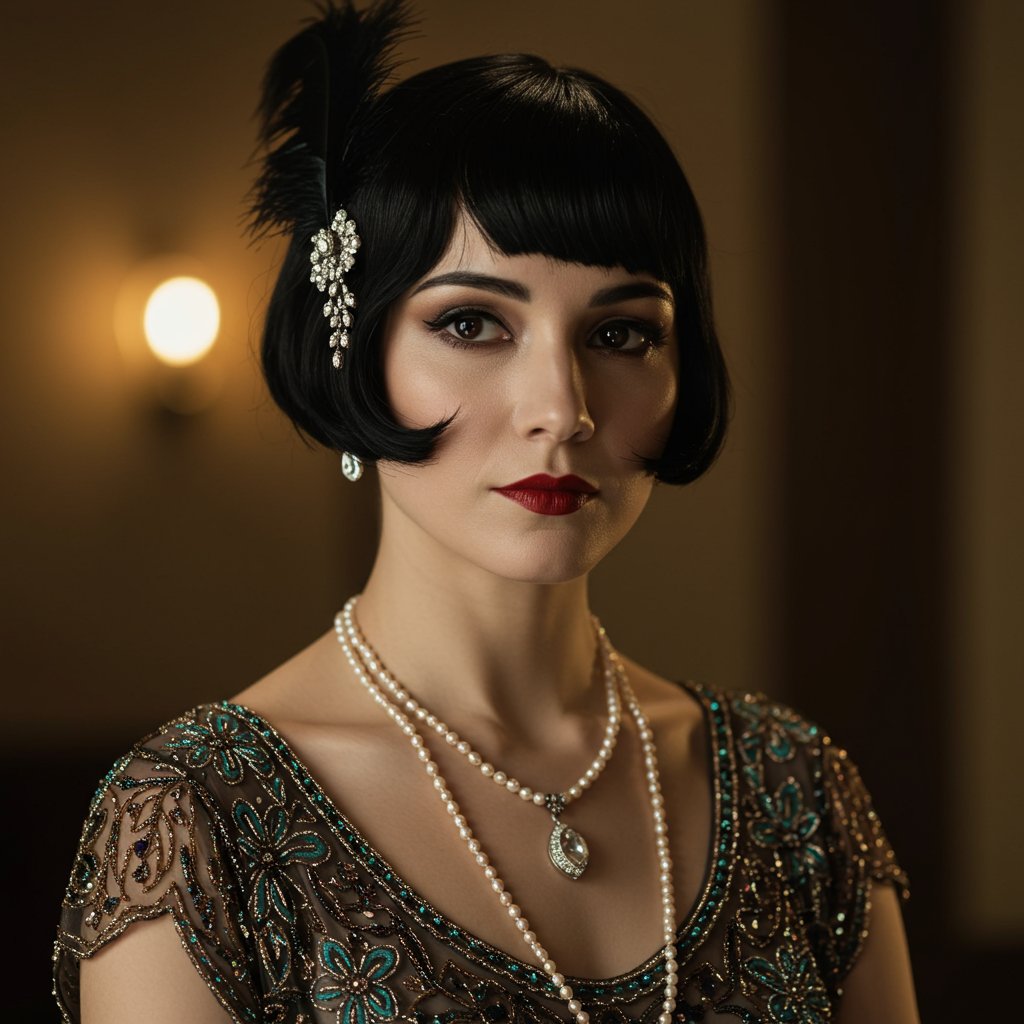
Beyond simply marking a time period, hair can reveal a character's social standing and cultural affiliations within that world. In the universe of Vikings, the intricate braids worn by the warriors and shield-maidens are not just for practicality in battle; they are symbols of status, identity, and Norse culture. The complexity of a braid can signify a character's rank or their personal history. This attention to detail enriches the world-building and makes the characters feel more authentic and grounded in their environment.
Furthermore, hair is a critical element in representing cultural identity accurately and respectfully. The styling of locs, braids, afros, and other traditional hairstyles can tell a story of heritage, pride, and community. When done thoughtfully, it honors the cultural significance of these styles. This aspect of character design goes beyond mere aesthetics; it becomes an act of representation, allowing audiences to see their own cultures and histories reflected on screen. The role of hair in building a fictional character's identity is thus inextricably linked to the broader tapestry of human history and culture.
The Power of Absence: Baldness and Shaved Heads in Storytelling
Sometimes, the most powerful statement hair can make is through its complete absence. A shaved head or natural baldness is a bold and often complex symbol in character design. It strips away vanity and societal standards of beauty, focusing the audience's attention on the character's face, expressions, and raw identity. This look can communicate a multitude of meanings depending on the context, from spiritual enlightenment and purification to brutal conformity or radical rebellion.
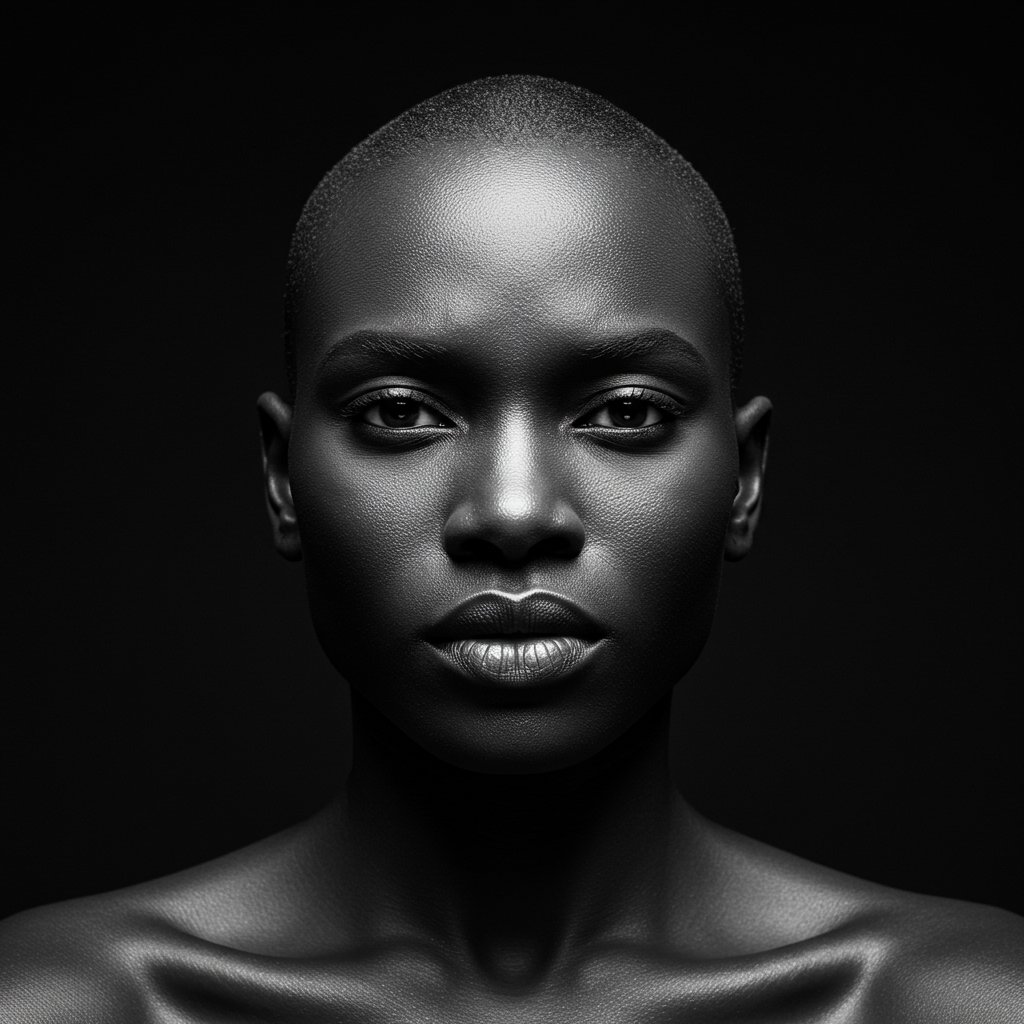
A character like Professor X from the X-Men series is bald, which visually reinforces his immense intellectual and psychic power. His lack of hair suggests that his strength is internal, a power of the mind rather than physical prowess. In a much different context, the shaved heads of the soldiers in Full Metal Jacket or the cult followers in various films symbolize the stripping away of individuality and the enforcement of group identity. It is an act of erasure, making each person a uniform part of a larger machine.
For female characters, a shaved head is an even more potent symbol, as it directly defies traditional conventions of femininity. Characters like Eleven in Stranger Things or Evey Hammond in V for Vendetta have their heads shaved as part of a dehumanizing process, yet they ultimately reclaim the look as a symbol of their survival and newfound strength. Imperator Furiosa stands as a prime example of this, where her shaved head is a practical, powerful rejection of the male gaze and a clear statement of her role as a warrior. The absence of hair becomes a canvas upon which themes of power, identity, and liberation are projected.
Tips: Bringing Fictional Inspiration to Your Real-World Style
Feeling inspired by the powerful hair stories on screen? Translating a fictional character's look into a wearable, real-world style is an exciting creative process. Here's how to do it effectively with the help of a professional stylist.

- ### Gather Your Inspiration: Create a mood board with images of the character's hair from different angles. Note what specifically you love about it—is it the color, the cut's shape, the texture, or the overall vibe?
- ### Schedule a Consultation: This is the most critical step. Book a consultation at a professional hair salon and bring your inspiration. An experienced stylist can analyze the look and determine how to adapt it to your unique features, hair type, and lifestyle.
- ### Discuss Maintenance and Lifestyle: Be realistic about upkeep. That platinum blonde look requires frequent root touch-ups and intensive conditioning. A complex, layered cut may need regular trims and specific styling products. Discuss your daily routine with your stylist to ensure your new look fits seamlessly into your life.
- ### Trust the Professional's Expertise: Your stylist understands the technical aspects of color theory and cutting techniques. They can suggest modifications that will not only achieve the inspired look you want but also maintain the health and integrity of your hair. They are your creative partner in bringing a little bit of that fictional magic into your personal story.
Frequently Asked Questions (FAQ)
### Why is hair so important for a fictional character's identity? Hair is a primary visual communicator. It provides instant information about a character's personality, background, health, and social status. It's a non-verbal tool that helps the audience form an immediate connection and understanding of the character before they even speak, making it fundamental to effective storytelling.
### Can a simple hairstyle change really impact a story? Absolutely. A significant haircut or color change often serves as a major plot point, signifying a character's internal transformation. It can mark a turning point in their journey, such as gaining independence, recovering from trauma, or embracing a new identity, making it a powerful narrative device.
### What's a famous example of hair color defining a character? Daenerys Targaryen's iconic platinum blonde hair in Game of Thrones is a perfect example. It visually marks her as a Targaryen, setting her apart from everyone else and symbolizing her unique heritage, her 'fire and blood' lineage, and her almost mythical status throughout the series.
### How do costume designers and hairstylists collaborate on a character's look? They work very closely, often with the director and actor, from the earliest stages of pre-production. The goal is to create a cohesive visual identity. The hairstyle must complement the costume, fit the historical period, and align with the character's personality and arc. It's a deeply collaborative process to ensure every visual element tells the same story.
### Are there common hair clichés in fiction to be aware of? Yes, some common tropes include the 'nerd' character getting a makeover by removing glasses and letting their hair down, the rebellious teen dyeing their hair an unnatural color, or the action hero having perpetually perfect, windswept hair that never gets messy. While sometimes effective, modern storytelling often seeks to subvert these clichés for more nuanced characterization.
### How can I achieve a character-inspired look without it looking like a costume? The key is to borrow elements rather than doing a literal copy. A skilled stylist can extract the essence—like the texture, a specific color tone, or the shape of the bangs—and integrate it into a modern, wearable haircut that is tailored to you. It's about inspiration, not imitation.
Conclusion: Your Hair, Your Story
From the silent films of the past to the sprawling cinematic universes of today, the role of hair in building a fictional character's identity remains one of storytelling's most potent and artistic tools. It is a silent dialogue between the creator and the audience, a canvas for expressing personality, a marker of transformation, and a mirror reflecting the world in which a character lives. Hair is never just hair; it is subtext, history, and emotion woven into a visual narrative that enriches our connection to the stories we love.
This deep dive into the world of fictional hairstyling reveals the incredible artistry and thought that goes into every curl, cut, and color we see on screen. It also highlights a universal truth: our own hair tells a story. The choices we make—the colors we embrace, the styles we adopt, the moments we decide to make a drastic change—are all chapters in our personal narrative. Whether inspired by a fearless heroine or simply expressing a new phase in life, your hair is a powerful way to project your own identity to the world. It’s a reminder that every great character story, fictional or real, is a journey of self-discovery.


